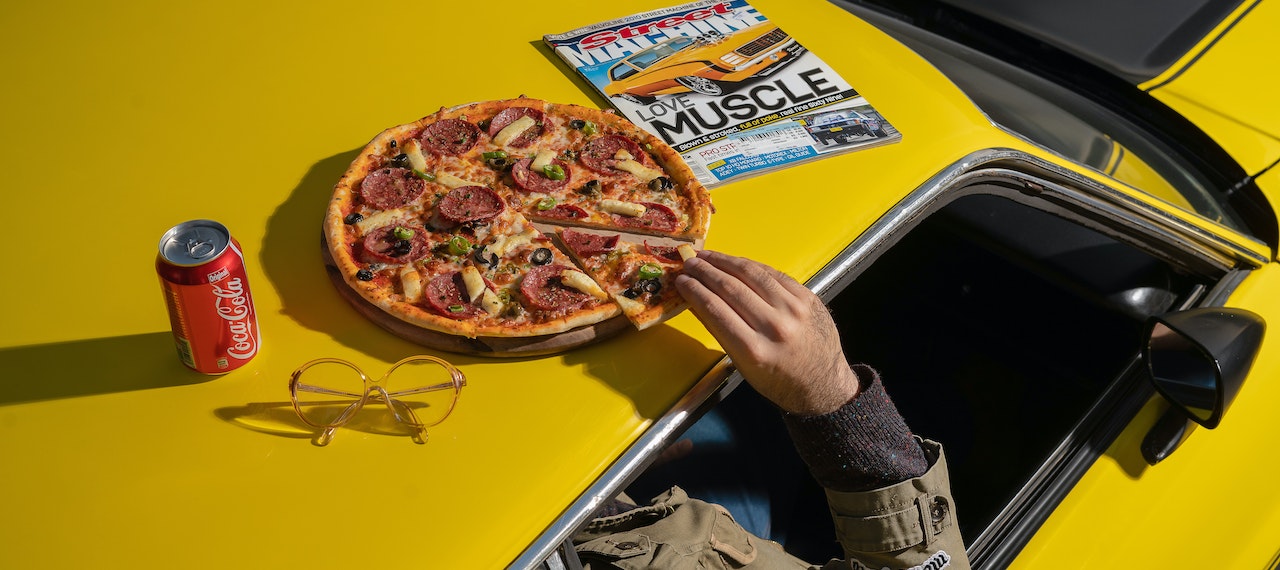Ever found yourself at the rental car counter, looking at the agreement thrust before you, feeling completely lost in the dense legal jargon and convoluted clauses? The worry about potential damages to the vehicle often adds an extra layer of complexity to the rental process. In this guide, we'll navigate the intricate world of rental car damage, helping you understand your responsibilities and how to protect yourself from unexpected costs.
Understanding the Basics:
Before diving into the specifics, let's explore the basics of rental car damage. When you rent a car, the rental company expects you to return the vehicle in the same condition it was in when you drove it off the lot. If the vehicle sustains any damage while in your possession - whether from an accident, theft, vandalism, or even natural disasters - you could potentially be held responsible.
Rental Car Damage Policies:
Every rental car company has its own policies for handling vehicle damages. These policies are typically outlined in your rental agreement. While they can vary widely from company to company, most agreements stipulate that the renter will be held liable for any damages incurred during the rental period, excluding wear and tear from normal usage. It's crucial to read and understand these policies before driving away in your rental car.
Types of Damages:
Typically, rental car damages are divided into two categories:
Minor Damages: These usually include scratches, dents, and minor cosmetic damages that don't impact the car's functionality.
Major Damages: These are serious issues like mechanical failures, severe body damage, or total loss of the vehicle, often resulting from an accident, theft, or natural disaster.
Your liability might differ based on the type and extent of damage.
Insurance Coverage:
Here's where the rubber meets the road – insurance. Most personal auto insurance policies extend to rental cars. However, it's crucial to confirm this with your provider before assuming you're covered. If your insurance covers rental cars, it can provide protection against potential damage costs.
Alternatively, the rental company will offer you their insurance at the time of rental, often known as Collision Damage Waiver (CDW) or Loss Damage Waiver (LDW). This usually covers the cost of damages to the rental vehicle but may come with a hefty price tag. Weigh the pros and cons before opting for this.
Credit Card Protections:
Many credit cards offer rental car insurance as an added perk. It often acts as secondary coverage, kicking in after your primary insurance has been paid. However, this varies greatly from card to card, so make sure to check your card's policy before relying on it.
Document Everything:
When you pick up your rental car, perform a thorough inspection and document any pre-existing damage, no matter how minor it seems. Take photos or videos as evidence. This can save you from being held accountable for the damage you didn't cause.
Conclusion:
Navigating rental car damage policies can be daunting, but with a little understanding and preparedness, you can rent with confidence. Ensure you're adequately covered, whether through personal auto insurance, credit card protections, or a collision damage waiver. Remember, when in doubt, ask questions until you're clear about your responsibilities. Happy and safe travels!





